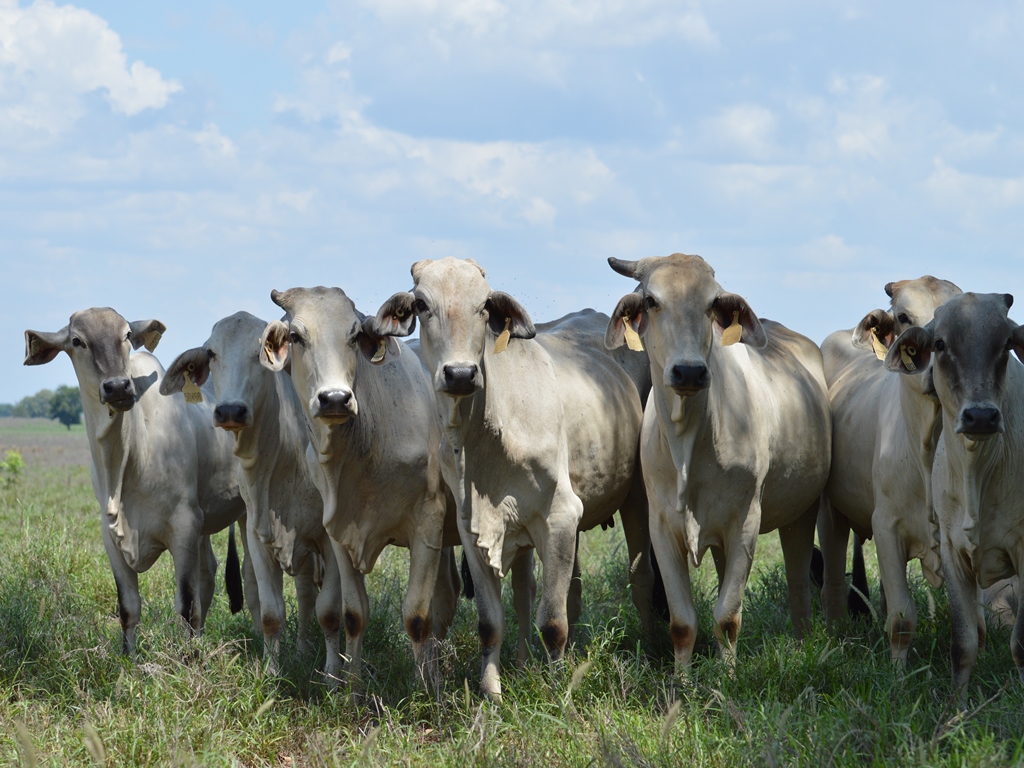Livestock Biosecurity Legislation Review – Have your say!

Australia’s Chief Veterinary Officer recently reported that Australia has a 42% probability of an exotic disease outbreak in the next 5 years.
Since the eradication of brucellosis and tuberculosis from the cattle and buffalo industries in the 1990s, the Northern Territory (NT) has been fortunate to remain free from many of the devastating diseases that impact the livestock industries worldwide. However, the NT is not immune to evolving and complex biosecurity challenges. Our sparse open borders, changing environmental weather patterns and the ease of movement of goods and people across our borders is exacerbating these challenges. The current global Covid-19 pandemic is a stark reminder of the potential scale and complexity of biosecurity challenges, and underscores the need to move quickly to contain any disease outbreak.
An effective biosecurity system is critical in preventing, detecting, controlling and managing the risks and impacts of emergency animal disease threats. Within the last 3 years, we have seen African horse sickness, Lumpy skin disease and African swine fever (ASF) emerge for the first time in the southeast Asian region. ASF spread rapidly to Indonesia, Papua New Guinea and Timor-Leste right on our doorstep and remains a key threat to our economy which contributes significantly to thousands of local businesses and jobs.
To ensure the NT livestock industry continues to meet current and future biosecurity challenges, a full review of the livestock biosecurity legislation (Livestock Act 2008 and Livestock Regulations 2009) will be undertaken. The legislation sets out the overarching legal concepts, principles and functions for the administration, protection, promotion and support of sustainable livestock and associated industries in the NT.
The review will ensure the legislation remains flexible and responsive to present and future biosecurity challenges for the livestock industries and is able to adapt to meet the changing community expectations.
Key changes proposed include:
- adopting national traceability standards for buffalo, sheep, goats and pigs
- modernising livestock traceability movement system
- clarifying regulation requirements for stray livestock
- recognition of property based (on-farm) biosecurity quality assurance programs to minimise regulatory burden and manage individual property biosecurity risks
- modernising biosecurity control measures for emerging disease threats
- adopting livestock welfare standards for cattle, sheep, saleyards and transit yards.
More information
A public consultation process will begin soon. Keep an eye on our Facebook page for updates.
